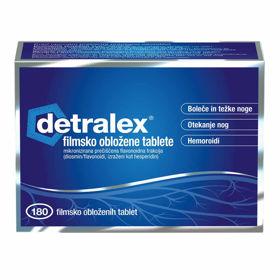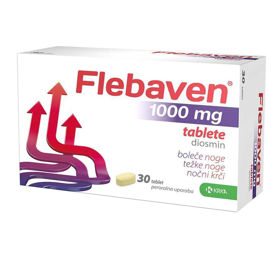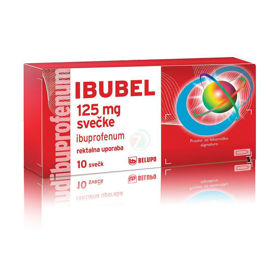Customer question:
Why do I feel pain in my legs if I have not been injured?
Pharmacist's response:
Leg pain can occur due to problems with the arteries and veins in the legs. Blood vessels in the legs can become blocked, compressed, and inflamed as a result. Below are common conditions that cause leg pain, mainly due to blood vessel problems.
Vascular claudication
Pain in the legs due to the reduced blood supply is called vascular claudication. The condition occurs when one or more arteries in the leg are blocked, causing a reduced or complete loss of blood supply to the leg muscles. Vascular claudication can affect one or both legs at the same time.
Typical symptoms include:
- Pain in the feet gradually spreads up the leg while walking; the pain eases when you stop walking.
- Redness of the skin is relieved when the legs are supported.
- Numbness and weakness of the affected leg.
Deep vein thrombosis
A clot in a deep vein is called deep vein thrombosis. The condition can become serious if the blood clot breaks loose and travels through the bloodstream to other organs, such as the lungs (pulmonary embolism). Deep vein thrombosis (DVT) can also start as bulging varicose veins that cause excruciating pain and itching in the leg. Symptoms of GVT depend on the size and location of the clot and may include:
- Pain and tenderness in the leg or hip.
- Redness and tension of the skin over the leg.
- Heat and swelling in the affected areas.
How can I help myself limit the pain?
- Leg Raises. Raise your legs above the level of your heart, but for no more than 30 minutes or more for short periods (three minutes), as often as possible. The best time to perform such exercises is after a long stand or hot shower.
- Wear loose clothing. Avoid tight dress around the legs and waist, which can hinder circulation in the lower body.
- Avoid high heels. High-heeled shoes shorten and shorten the muscles at the back of the leg and prevent the deep veins from working at their total capacity.
- Sit correctly. Focus on correct posture and avoid crossing your legs or sitting in a way that could compress your veins for long periods.
- Walk. Walking causes rhythmic contraction of the calf muscles and helps stimulate blood flow to the heart. Walk for at least 30 minutes every day.
- Take a break. Take frequent walking breaks to avoid excessive immobility, sitting or standing for more than two hours.
- Wear compression stockings. Wearing compression stockings bought at the pharmacy will help speed up blood flow, making it easier when flying, standing for long periods, or carrying heavy loads.
- Know your history. Women with a family history of varicose veins or relatives with varicose veins should wear compression stockings during menarche and menopause, as well as during pregnancy – most notably in the first trimester.
- Detralex treatment. Detralex is also an option for treating or alleviating pain, as it is used in adults and is intended to treat the symptoms of chronic vein disease.
- Don't smoke. Smoking and exposure to secondhand smoke have been proven to narrow veins and affect general circulation.
- Contact a phlebologist. See a licensed phlebologist for an examination and evaluation or to learn more about the risks, prevention, and treatment of venous disease.
Interesting reading: Pains in legs while sleeping
Interesting reading: Pain in Legs at Rest













